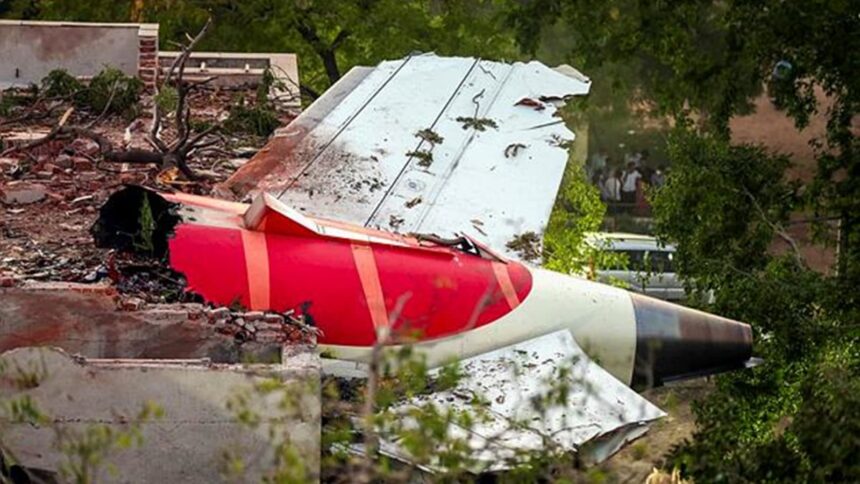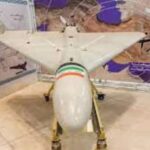In the aftermath of the tragic London-bound Air India Flight 171 crash in Ahmedabad that claimed more than 200 lives, former pilot and content creator Gaurav Taneja weighed in on the likely cause.
Sharing his insights on X (formerly Twitter), Taneja wrote: “Looks like a dual engine failure after take off. Nothing short of a complete power loss can force a into that kind of sink rate, right after takeoff.” His statement has triggered fresh concerns about how rare and dangerous such a scenario is — especially with modern jetliners known for their robust safety mechanisms and redundancy in power systems.
spoke to an aviation expert to understand what Taneja’s statement implies from a safety and procedural standpoint.
Group Captain HS Chimni, formerly employed with the Air Traffic Control at a forward air base in the Western Sector, tells indianexpress.com, “There is no airline in the world that doesn’t take complete precautions and thoroughly check an aircraft’s systems before take-off.”
He adds that the real challenge arises when there’s a minor problem — typically a technical issue that isn’t detectable through routine or standard checks. “These checks, both in type and frequency, are designed to catch anything that could go wrong. But despite that, some issues can still go undetected. You can’t get deep inside the aircraft systems unless it’s during a major inspection, which happens based on set intervals,” he informs.
Group Capt. Chimni notes, “In situations like the one we’re discussing, the most common and serious reason for accidents shortly after takeoff or just before landing is bird strikes. It doesn’t take a large flock — even a single large bird getting ingested into an engine can stop it instantly. Human habitation draws bird activity too.”
At that phase of flight — just after take-off — the . Group Capt. Chimni says, “The pilot has very little leeway to maneuver. It’s the most vulnerable time: birds are abundant at that height, and the aircraft hasn’t yet reached a safe altitude or speed to recover from any failure.” However, he suggests that only once the flight data recorder is retrieved and decoded, can one tell the actual reason behind the tragic crash that happened yesterday.
According to Group Capt. Chimni, these accidents are “true accidents” in every sense of the word. There’s usually no premonition or warning. If birds strike the engine, even the pilot may not see it coming — it just happens instantly.
He notes, “Any predictable issue is usually handled in advance by maintenance teams — especially with major airlines like Air India or other leading carriers. These jets are built to be foolproof and are rigorously supervised and maintained. So, a maintenance failure is unlikely. If anything, it’s more likely a mechanical part failure — or in cases like this — bird strikes on both engines.”
In such cases, Group Capt. Chimni explains, the most important thing a passenger can do is evacuate the aircraft as quickly and safely as possible. “The type of response would depend on the nature of the emergency.”
All commercial aircraft are equipped with clearly marked emergency exits, and every flight’s safety briefing includes instructions on their use. Cabin crew also . There are enough exits to evacuate the aircraft in the shortest possible time.
Group Capt. Chimni says, “The real problem arises when the crash is sudden, like in this case. As soon as the aircraft hit the building, the fuel tank likely exploded immediately. The aircraft was full of fuel, and the ignition caused a massive fireball.”
But in any other type of emergency, he says, where there’s time, passengers “should focus on reaching the exits and getting as far away from the aircraft as quickly as possible.”








